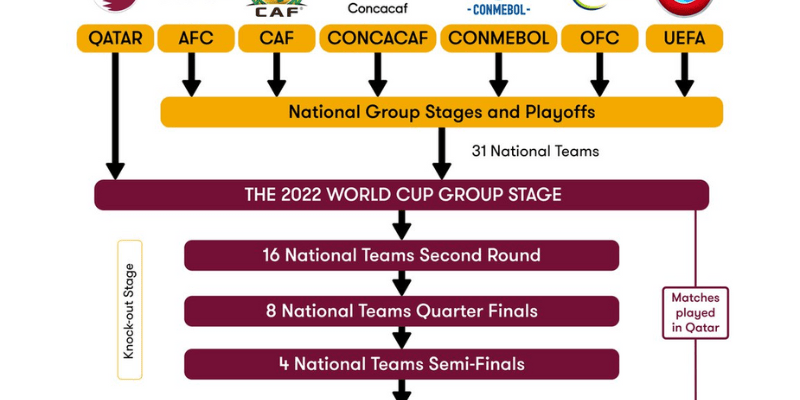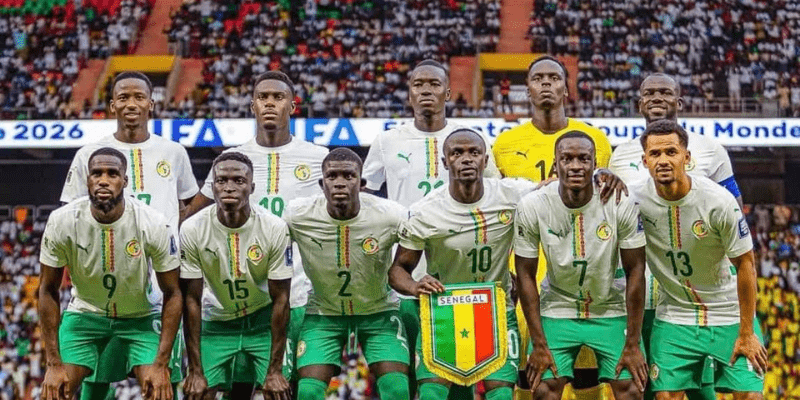Qualifiers for the FIFA World Cup are often full of high stakes—and yes, a World Cup qualifier can end in a tie. In most qualification matches, a draw (tie) after 90 minutes is a valid result. Teams usually receive one point each, rather than a winner/loser outcome. But, as with everything in international football, there are exceptions depending on the format (group stage vs playoffs) and confederation rules. AdiyaBall will walk you through exactly when ties are allowed, when they aren’t, how they affect standings, and what happens if teams are tied in points.
What is a tie in World Cup qualifiers

In football (soccer), a tie or draw means both teams have scored the same number of goals by full time (90 minutes plus stoppage). There is no extra time or penalty shoot-out in regular group-stage or round-robin qualifier matches unless the qualification format explicitly requires a winner (which is rare outside playoffs).
A tie gives each team one point, whereas a win gives three points and a loss gives zero. The accumulation of these points, plus goal difference and other criteria, determines which teams qualify for the World Cup finals.
When ties are allowed in qualifiers vs when they’re not

Group stage / round-robin qualifiers
- Allowed: In almost all confederation group formats (UEFA, CONMEBOL, CAF, AFC, CONCACAF, etc.), teams play each other home and away (or in a specified schedule). These matches allow ties—draws are a normal outcome.
- Points for ties matter: they contribute to the standings just like wins and losses do—one point each.
Playoffs, knockout or single-leg decisive matches
- Not always allowed: If the format demands a decisive outcome—playoffs, inter-confederation playoffs, or path finals—then a match cannot end in a tie without further mechanisms. For example:
- After normal time, if it’s a knockout match or a qualifier deciding who advances, there may be extra time.
- If still tied, then a penalty shoot-out decides the winner.
- An example: UEFA’s preliminary competition or playoff matches often handle ties this way. If scores are level at full time, they go to extra time and then penalties if needed.
How ties affect qualification: standings, tiebreakers

Because multiple teams can finish group matches with varying combinations of wins, losses, and draws, ties in match results lead to ties in group standings. FIFA and the regional confederations use tiebreakers to rank teams when points are the same.
Here is how it typically works:
- Points – total points from all group matches (3 for win, 1 for draw).
- Goal difference – goals scored minus goals conceded in all group matches.
- Goals scored – total number of goals scored in all group matches.
- Head-to-head criteria – points in matches between tied teams, goal difference in those matches, goals scored in those matches, etc.
- Disciplinary record – fewer yellow/red cards may be better.
- Drawing lots – very rare, but used if all else fails.
These rules ensure that even though matches may end in draws, the final table has a clear order of who qualifies, who plays playoffs, etc.
Real-world examples
- In the CONMEBOL qualifiers (for 2026), Argentina secured qualification after a 0-0 draw between Uruguay and Bolivia. Even though that match ended in a tie, the outcome was enough based on their lead in the standings.
- In UEFA qualifying groups, ties are frequent. For example, teams often draw and still proceed or lose out based on goal difference or head-to-head record.
Special cases and changes for 2026 qualifying
- The format of the 2026 World Cup qualifiers has expanded (48 teams in the finals instead of 32), which means more teams.
- Conflicts, group sizes, and playoff formats may differ, and group runners-up go into playoffs. Those playoffs usually need decisive results (no draw allowed in a path final).
Why some people are confused
There is often confusion whether “tie” means “draw” (match ends level) or whether “tied” refers to teams being equal on points in group standings. Also, terminology like “knockout”, “playoff”, “aggregate” and “away goals” (if used) adds complexity. Sometimes people think “tie” means “playoff tie” (two-leg aggregate), which is a separate concept.
Conclusion
AdiyaBall hopes this clears up whether World Cup qualifiers can end in a tie. In most cases, yes—a draw is a perfectly valid result in qualifiers. But in knockout or playoff matches that are designed to produce a winner, ties are resolved with extra time and penalties.
If you want, I can pull up the current tie-breaker rules for a specific region (UEFA, CONMEBOL, etc.), or show examples of matches decided by tie-breakers—would you like that?






